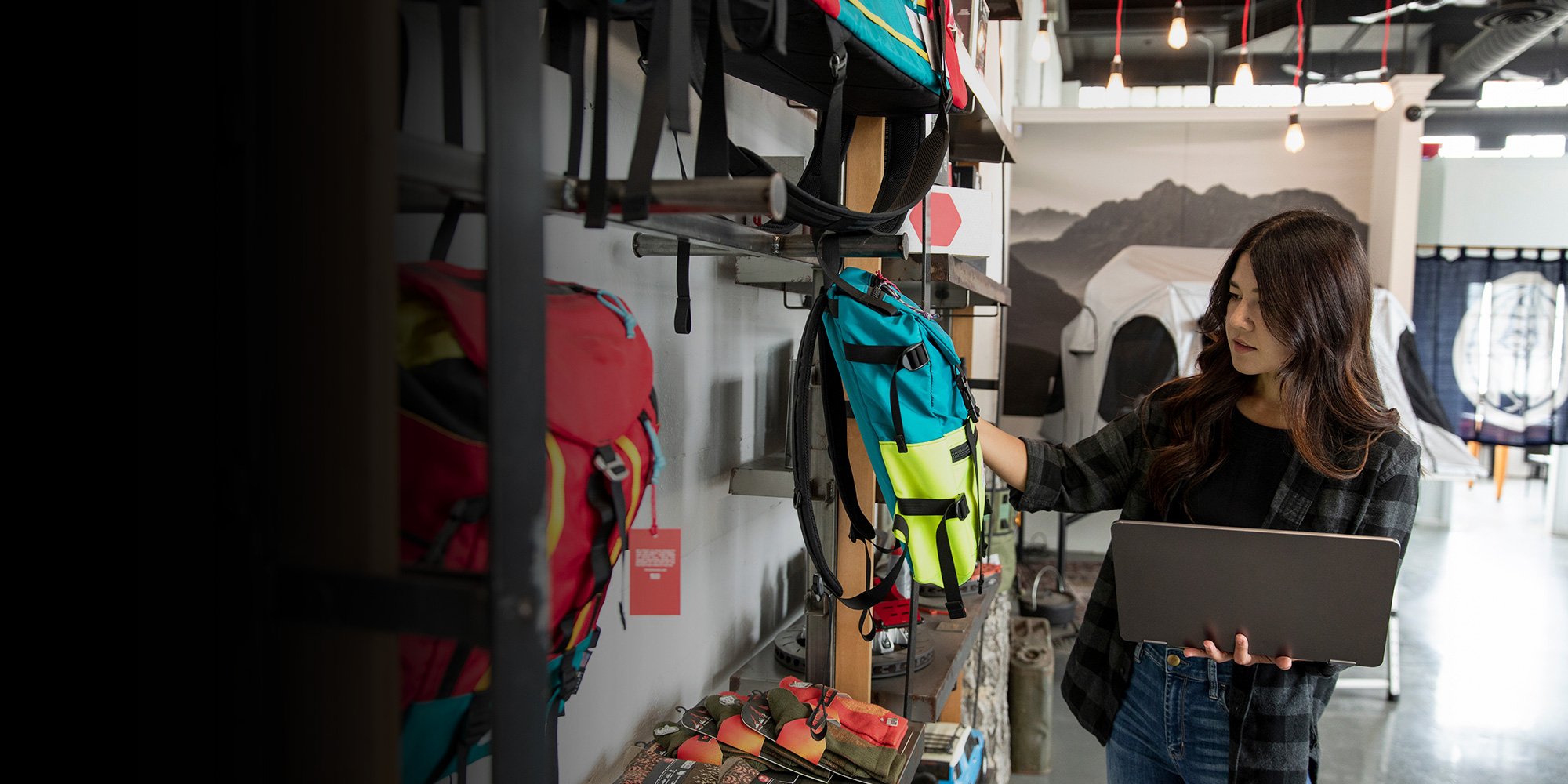Challenges to overcome in the sports and outdoor industry
Read this blog for a summary of McKinsey's analysis of the sporting goods industry and what brands can do to mitigate potential challenges ahead.

Going into 2022, sporting goods and outdoor apparel had been showing steady growth despite the challenges of the post-COVID-19 era and increasing concerns over inflation.
A recent piece by McKinsey shows what went wrong for sporting goods — and what it means for the future. Here’s a recap of the latest headwinds facing the sporting & outdoor industry as we move into 2023 and beyond.
The New Challenges in Sports & Outdoor Sales
Things were going well for sporting goods in 2021, but a number of challenges rose in 2022 that threw several wrenches into the markets. For instance, McKinsey notes, “the threat of global recession” weighed on bottom lines throughout the market. In Europe, a new war between Russia and Ukraine threw the geopolitical situation into crisis, which didn’t help the post-COVID-19 supply chain recovery. And, perhaps most notably, rapidly-rising interest rates — a response to ballooning inflation — made economic circumstances more difficult across almost every market.
But none of these are sports/outdoors specific. In fact, McKinsey even notes that, if you take the years from 2021 to now as a whole, the industry has “been characterized by solid growth.” So what was it about these challenges that threatened to do so much to take down the sports and outdoor markets?
One challenge was rising prices. In late 2022, McKinsey explains, “sporting-goods companies were able to raise prices, but not enough to offset declines in units sold.” In other words, inflation in sporting goods wasn’t enough to keep pace with the slowing growth.
Sporting Goods Running into Limitations in Customer Sentiment
Theoretically, the same challenges above could affect any company with physical products to sell. But in periods of high inflation and low consumer confidence, customers often run to basics: food, toiletries, and medicine. Sporting goods fell by the wayside in 2022, and that reflected in company confidence.
“With inflation in 2022 reaching its highest level in at least 40 years in Europe and the United States, just 6 percent of sporting goods companies are confident about their resilience and performance,” reported McKinsey.
One reason for that dip in confidence: deflating demand from customers. McKinsey noted that “net intent to purchase footwear, apparel,” and other items in the sports/outdoors category fell continuously throughout 2022. In other words, the inflation and rising interest rates that hurt the economy in 2022 landed especially hard on sporting goods.
Recommendations for Sporting Goods Moving Forward
McKinsey says one way to battle this challenge is to implement smart pricing, using robust data and analytics to optimize price elasticity. “Effective implementation” of this, reported McKinsey, “can lead to a 5 to 15 percent revenue boost.”
McKinsey also recommends strengthening brand communications, which may mean it’s time for sporting and outdoor companies to invest in their B2B platforms. As McKinsey recommended, flexible pricing is one of the keys to dealing with lower demand when inflation is spiking. Working with a platform like NuORDER might be what these companies need to grow back their confidence and get back on track with the growth that preceded 2022.
Get on the list
Wholesale tips and industry news you can’t miss, delivered weekly
